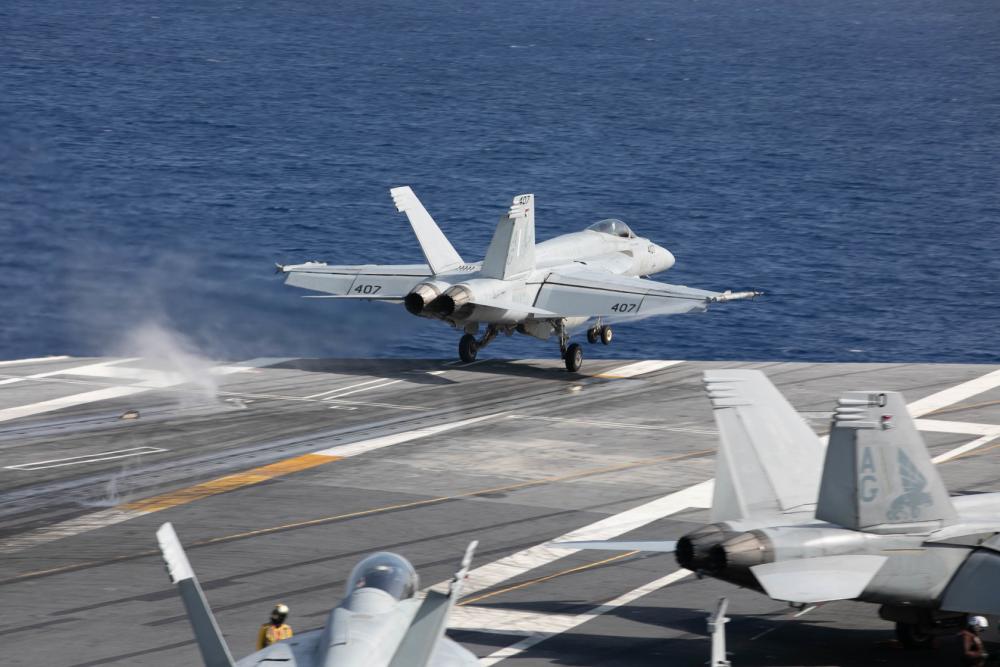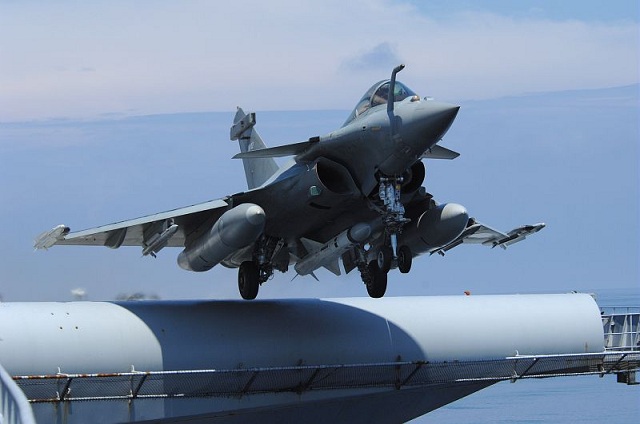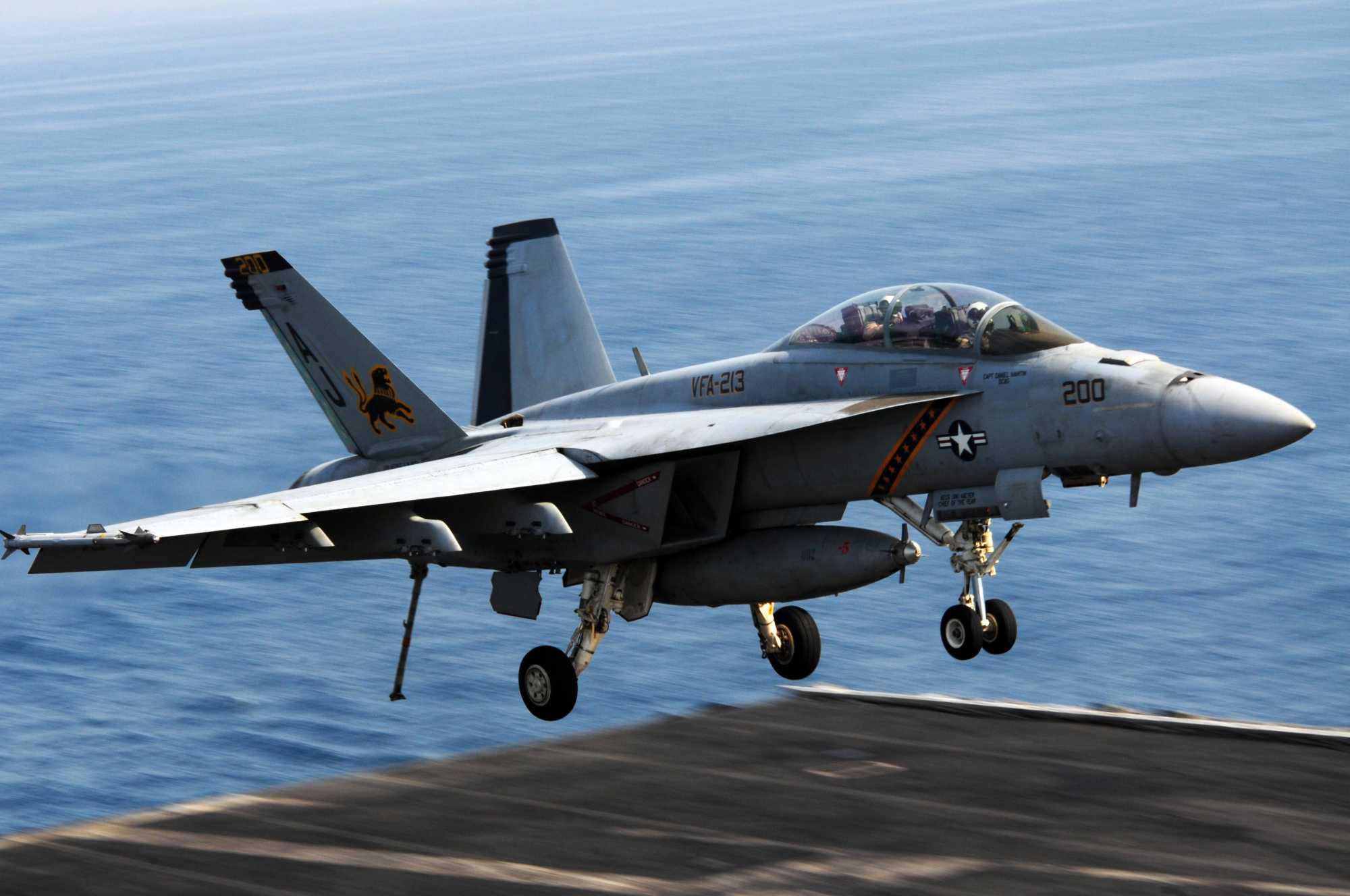The US Navy has awarded Boeing a contract worth $200 million to ensure the continuous operation of its F/A-18E/F Super Hornet production line.
This funding comes in preparation for the upcoming procurement of 20 Super Hornets as directed by Congress. The F/A-18 Super Hornet fighter jets, famously featured in the movie ‘Top Gun: Maverick,’ are vital to the US Navy’s global operations.
According to an announcement by the Defense Department on June 1, the recent contract modification focuses on acquiring crucial “long lead material and associated efforts in support of maintaining the full rate production timeline for the congressionally added F/A-18E/F aircraft.”
Roughly 70 percent of the contract’s execution will occur in El Segundo, California, where Boeing’s subcontractor, Northrop Grumman, produces the fuselage sections of the Super Hornets.
These sections are then shipped to Boeing’s aircraft factory located in Missouri. The latest contract has been awarded in response to Congress adding 20 Super Hornets to the Navy’s budget over the past two fiscal years.

Specifically, $977 million was allocated for 12 Super Hornets in Fiscal Year 2022, followed by $600 million for eight Super Hornets in FY 2023.
The US Navy did not request the 20 Super Hornets in question. Instead, Congress independently included funding for these jets in the final budget, a common occurrence during the legislative process.
Lawmakers may do this for various reasons, such as disagreeing with a strategic priority or aiming to stimulate federal spending in districts where military hardware is manufactured.
Despite the Navy’s obligation to purchase the fighters, the contracts for the Super Hornets have not been finalized.
Citing a legislative source, USNI News reported that the delay is related to the ownership of technical data rights for Super Hornet components, specifically for sustainment and repair.
Nonetheless, the US Navy has been making efforts in recent budget cycles to phase out Super Hornet production and allocate funds towards developing its Next-Generation Air Dominance program.
This program envisions a range of manned and unmanned systems built around a new manned fighter called the F/A-XX. The Navy aims to transition towards advanced air dominance capabilities by developing this next-generation fighter program.
Boeing To End Production Line Of Super Hornets
Boeing has recently stated its current intention to cease production of the F/A-18 aircraft line in 2025 once it fulfills all outstanding orders for new-build aircraft.
The decision, announced by Boeing’s air dominance vice-president Steve Nordlund on February 23, aligns with the company’s forward-looking strategy of investing in and advancing future capabilities.
However, the company has indicated the possibility of extending production until 2027 if new orders emerge from international customers.
This statement also implies that Boeing remains prepared to accommodate the additional 20 aircraft for the US Navy if the service decides to issue a contract for them.
Besides that, Boeing is actively pursuing a key contract from the Indian Navy, with its F/A-18E/F Super Hornet competing head-to-head against the French Rafale Marine.

According to reports, the Indian Navy has already submitted a detailed report to the defense ministry after conducting tests on the Rafale and Super Hornets. The submitted report concludes that the French Rafale-M is considered more suitable and better aligned with the operational requirements and criteria than the Super Hornets.
If India selects the French fighter jet, it will pose a significant setback for the US defense giant Boeing. Furthermore, the loss of the contract to supply warplanes to the Indian Navy would have implications for Boeing’s market position and future prospects.
F/A-18 Super Hornet
The F/A-18E/F Super Hornet was introduced into service in 1999 as a successor to the F-14 Tomcat. It represents a significant upgrade in the F/A-18 aircraft program and offers a wide range of capabilities across various mission types.
These include air superiority, fighter escort, reconnaissance, aerial refueling, close air support, air defense suppression, and day/night precision strike. The F/A-18E is a single-seat variant, while the F/A-18F is a two-seat variant.
Both aircraft are highly advanced, twin-engine, mid-wing tactical platforms designed to replace the retiring F/A-18C (single-seat) and F/A-18D (two-seat) models.
The F/A-18E/F has improvements, including a longer range and better carrier adaptability, allowing it to combat modern threats efficiently and remain a crucial strike fighter in the twenty-first century.

However, a Congressional Budget Office report shed light on a concerning trend regarding the aging of the Navy’s fleet of Super Hornet fighter jets in February.
The report highlighted that F/A-18E/F Super Hornets, introduced in the late 1990s, are experiencing an accelerated aging process compared to their predecessor, F/A-18C/Ds.
The report mentioned that the Super Hornet fleet had lower availability rates than F/A-18C/Ds of similar age.
Nonetheless, the diminishing availability of the Super Hornet fleet raises questions about its operational readiness and ability to carry out training exercises and mission requirements effectively.
- Contact the author at ashishmichel(at)gmail.com
- Follow EurAsian Times on Google News




